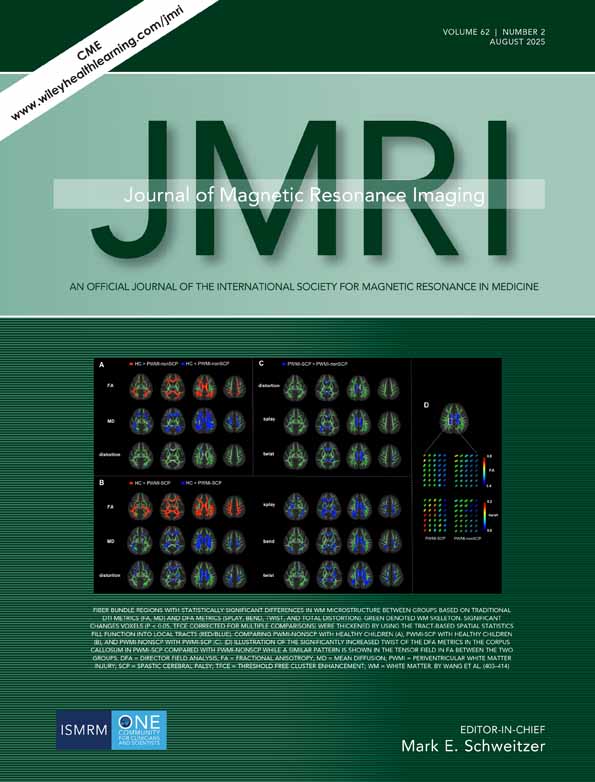Strengths and weaknesses of dark-lumen MR colonography: Clinical relevance of polyps smaller than 5 mm in diameter at the moment of their detection
Abstract
Purpose
To assess the clinical relevance of dark-lumen MR colonography (MRC) for the detection of colorectal lesions using conventional colonoscopy (CC) and histopathologic examinations as reference standard.
Materials and Methods
A total of 72 patients underwent MRC and CC. MRC was performed using a contrast-enhanced high spatial resolution T1 weighted 3D volumetric interpolated breathhold examination (VIBE)-sequence. All removed colorectal lesions were evaluated by an experienced pathologist.
Results
CC confirmed 65 polyps less than 5 mm in diameter. Non of those lesions could be detected using MRC. Just two (4%) of the 49 removed lesions smaller than 5 mm showed signs of dysplasia. Additionally, CC confirmed 25 polyps between 6–15 mm in diameter (MRC 22). All those 25 lesions were removed in CC. Only four (16%) of those polyps showed signs of dysplasia and malignancy (11, 13, 13 and 15 mm).
Conclusion
Dark-lumen MRC failed to detect all polyps smaller than 5 mm in diameter which are generally not clinically relevant at the moment of their detection and thus can be kept under surveillance. However, MRC as a non-invasive imaging modality is a promising alternative to CC in the detection of clinically relevant polyps larger than 5 mm in diameter. J. Magn. Reson. Imaging 2006. © 2006 Wiley-Liss, Inc.




